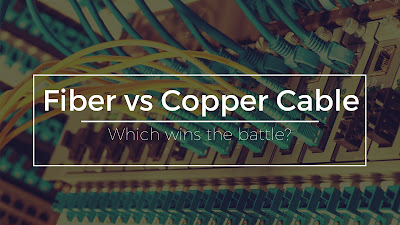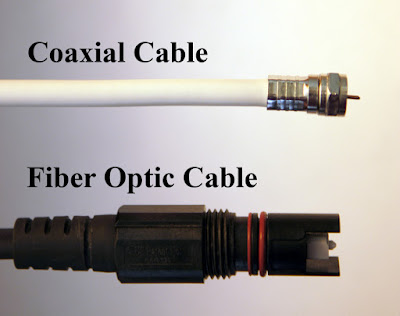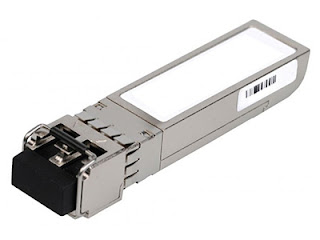Firstly, the virtually unlimited bandwidth of optical fiber is better than the bandwidth limit of copper coaxial cable (coax). With a relatively low attenuation, the unlimited bandwidth is able to produce some rather surprising increases in capacity and range. Here’s an example, some fiber optic product combinations can reach the link length of more than 100km while a copper cable can only handle 3G for up to 75m. It can also carry multiple signals and a wide range of signal formats in a single cable. Moreover, the virtually unlimited bandwidth makes it possible for optic fibers to transmit bidirectional wavelengths with one in the forward direction and another in the reverse direction.
Secondly, the cost of fiber is not that expensive as it was before. In general, fiber cable is more expensive than copper cable in the short run, but it may be less expensive in the long run. The typical published price in the US for a single core PVC jacketed single-mode fiber is even cheaper than broadcast quality coax cable, suitable for HD-SDI, thus it is not a dream to make the cost of other optic fibers less than the cost of copper cable in the future. When transmitting the different signal types of digital systems, for instance, two video signals with four channels of audio, this benefit is required to make the digital systems affordable for people. In a word, bandwidth costs money, and fiber offers a way to minimize these costs.
Thirdly, the design of size and weight of the optic fiber is better than the copper cable. For example, a 2.9mm single core fiber weighs about 9 grams per meter, but a 1694A coax is about 61 grams per meter which is over six and a half times heavier than optic fiber. This kind of advantage is especially benefit for production trucks or OB vans which can solve the tight space and weight problems.
From the discussion above, we may have a general understanding of why we should choose optic fiber rather than copper cable. In addition, there are also some ways for easier fiber transition.
One is the using of Small Form-factor Pluggable (SFP) fiber optic transceiver. SFP fiber modules are small, hot-pluggable devices used to provide fiber connectivity to 3G/HD/SD devices. The single-mode SFP fiber optic transceiver helps devices to be used over long range without degrading signal quality. The most important benefit is that SFP simplifies the migration to fiber.
Another method is the utilizing of CWDM fiber. It is ideally used to meet the demand of carrying multiple and different signals across long distances, either building-to-building or truck-to-truck. The CWDM MUX unit can combine at most 18 different wavelengths into a single optical fiber, and it is the same for CWDM DEMUX in reverse. Signal types are irrelevant to these units, thus different signals like AES, MADI, DVB-ASI, 3G/HD/SD-SDI or Ethernet can travel on the same fiber link.
To sum up, the benefits of choosing optic fiber are more than choosing copper cable. Because fiber cable costs less than it was once, becomes physically smaller, and weighs less. Also, compared to one copper coax, a single fiber is available to carry 18 full 3G signals, and a fiber signal path can be 500 to 1000 times longer than that of copper coax. From a system design, installation and maintenance perspective, the application of SFP fiber and CWDM fiber also helps a simpler proposition for optic fiber cable. Hence, optic fiber is highly recommended to be used in all broadcast facilities, as well as at pay TV operator networks. Optic fiber is a better choice for everyone.




没有评论:
发表评论